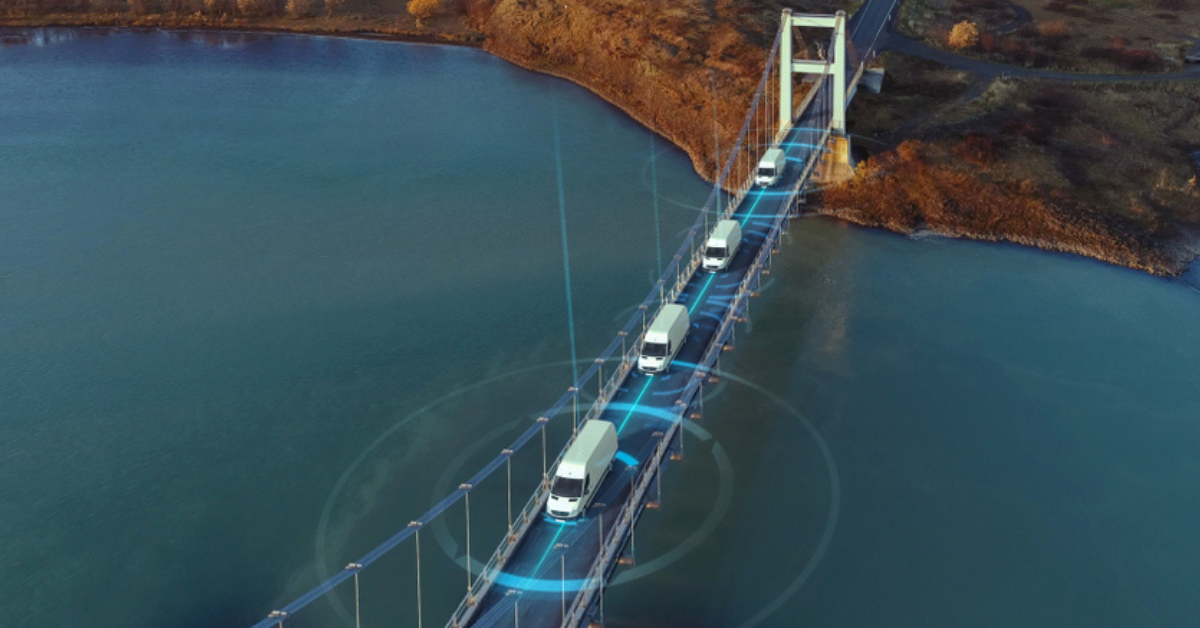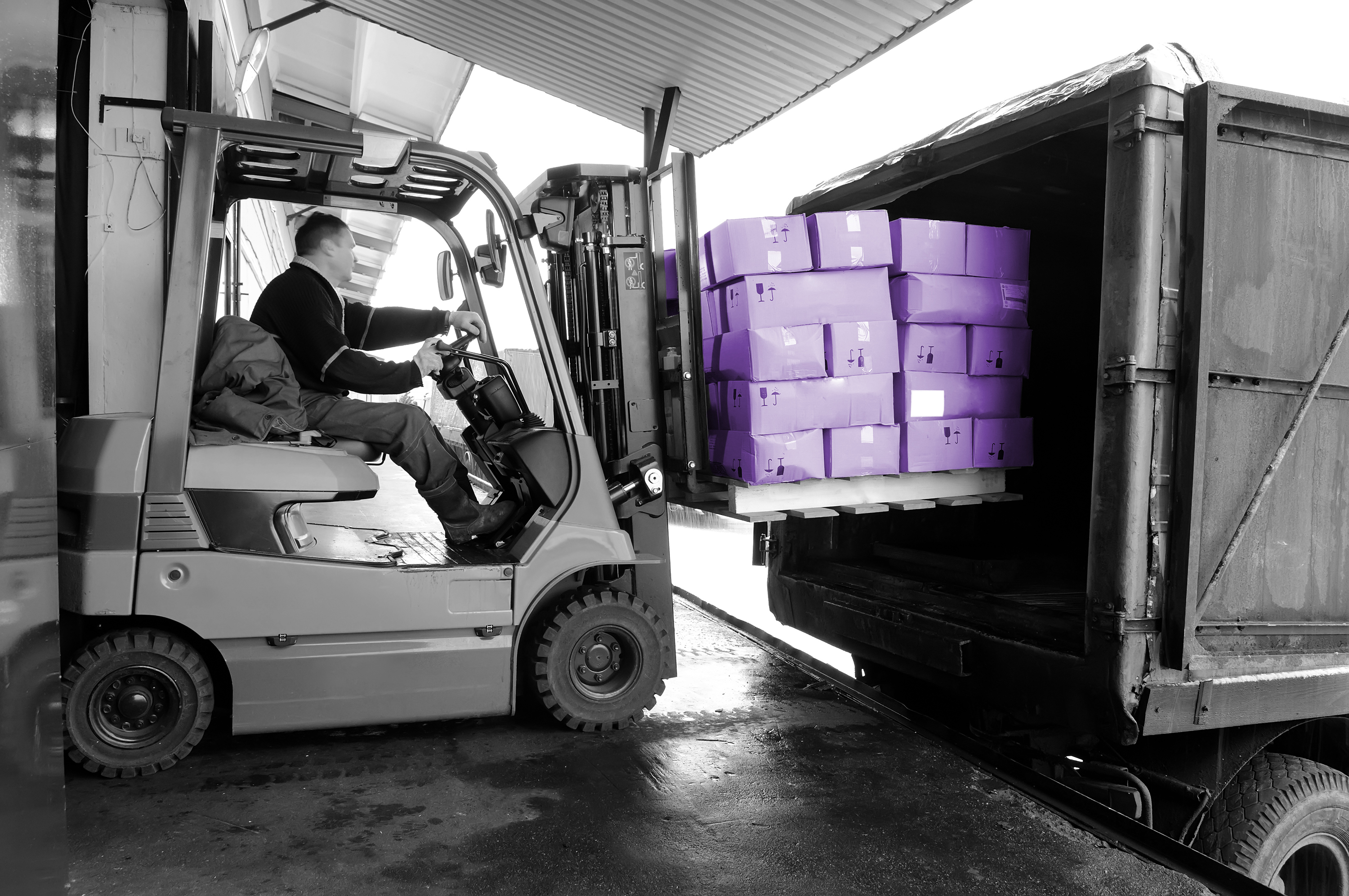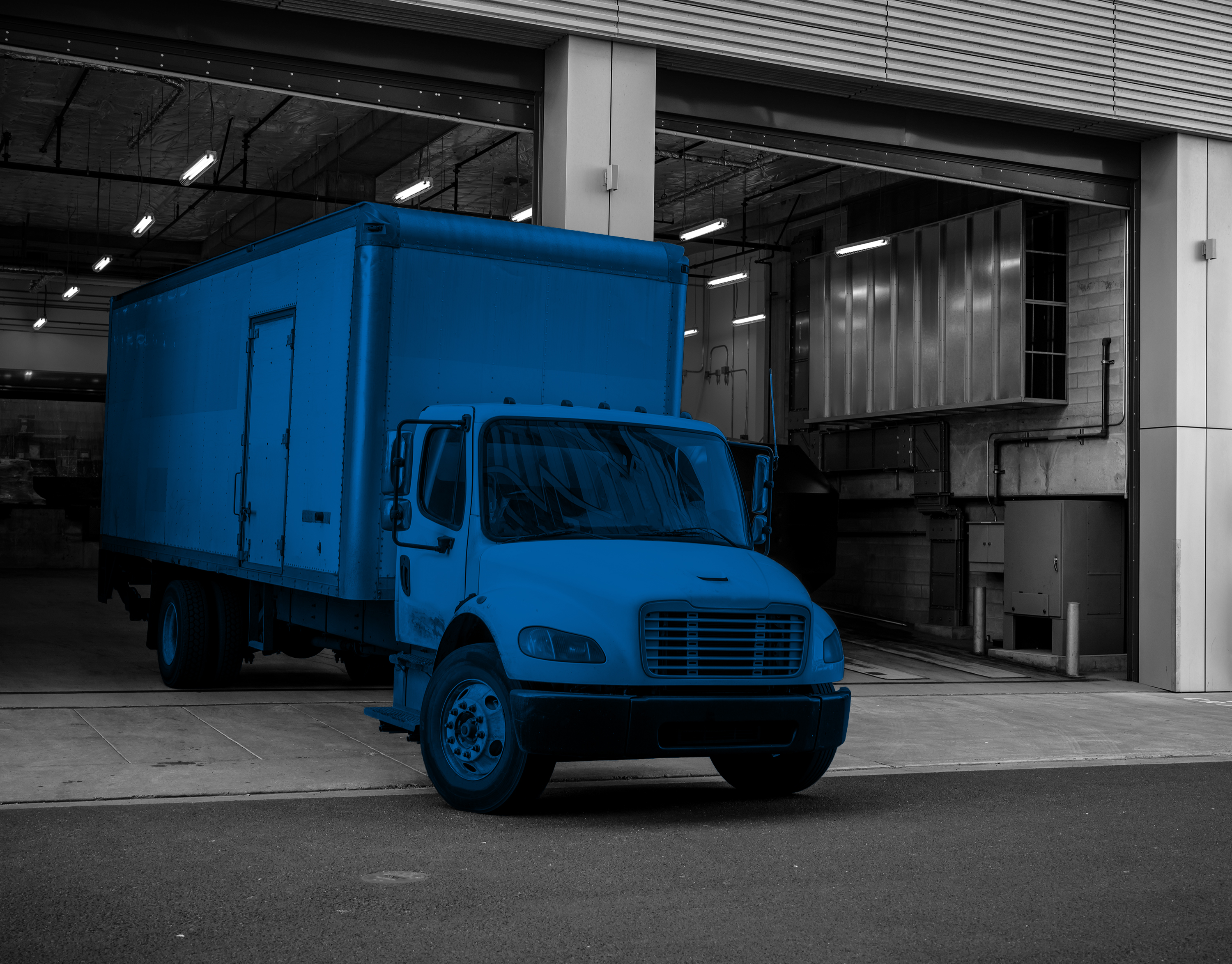It is widely known that outdated systems and manual processes negatively impact productivity and profitability for Shippers and 3PLs. About 50% of logistics and transportation companies say they weren’t just unlucky in their businesses -- outdated technology caused them to lose customers. Consider updated technology solutions for remaining competitive in the supply chain.
Category: automation
Technology Innovations and Trends You’ll Love in 2022
If you take a moment, you can still smell the flowers and a hint of chocolate as the Valentine’s Day holiday winds down. While the love is palpable, many shippers and 3PLs aren’t experiencing the same warm and fuzzy feelings with the current state of the supply chain and some are desperately seeking a solution.
Find Greater Success in Final Mile with the Right Technology
Controlling Your Freight Spend Through Automation
Due to their complexity and high incidence of mistakes, inaccurate freight bills are much more common than you may realize and can result in significant losses for your company. About 1 in 4 freight bills contain an error, causing shippers to overpay by 13% annually. In a $1.06 trillion over-the-road (OTR) transportation market, that is equal to about $138 billion in overpayments every year!
How to Balance Automation and the Human Element in Shipping
Top 5 Ways Updated Technology Saves You Money
“If it ain’t broke, don’t fix it” is an old saying that means if something is functioning properly, it’s probably best you leave it alone and not make any changes that could potentially break it. Many companies subscribe to this mantra and keep processes in place that have existed since, what seems like, the beginning of time.
But what if they don’t realize that while their processes may not actually be broke, they could be doing things more efficiently and saving the company a considerable amount of money?
Top 4 Benefits of Updating Your Technology with Freight-Pricing APIs
Technology is proliferating across the supply chain, and digitization and automation are becoming increasingly expected. It is important to ensure your company updates its technology before its processes become obsolete. One great way to get on the front end of technology innovation is to implement freight-pricing APIs into your day-to-day rate quoting and shipment booking processes. They have many benefits and are customizable to your organization’s operations.
The Labor Shortage: How to Mitigate Its Effects on the LTL Industry
In last week’s blog, we examined the causes and impacts of the labor shortage on the supply chain. As we know, there are a number of reasons for the impending labor shortage, including changing demographics, skill sets and unemployment benefits. There are also a number of ways that companies can mitigate the labor shortage’s effects on their business’s bottom line.
3 Ways to Grow Your LTL Business
The increase in freight across the US is projected to continue. In fact, it is expected to grow to more than 35 billion tons of freight with a value of at least $37 trillion by 2045, according to the Federal Highway Administration (FHWA). That’s a lot of freight and a lot of revenue up for grabs.
Of course, with this growth and the continued capacity issues, it also means freight rates are on the rise and not projected to come down anytime soon. As such, shippers are looking for ways to decrease freight spend. One way they are doing that is by expanding their less-than-truckload (LTL) shipping. So, how can shippers and 3PLs effectively grow their LTL business in this market?
Is Intermodal Transportation Right for Your Company?
Intermodal transportation is becoming more and more popular for a number of shippers. It is a process that involves two or more modes or carriers to move goods from the shipper to the receiver. It can include full truckload, less than truckload, rail and cargo ship or any combination. Shippers have increased their usage of intermodal transportation since the pandemic and ecommerce surge because it is often less expensive compared to over-the-road shipping as it is generally charged per load instead of per mile.
However, the intermodal industry is seeing some of the same issues affecting the entire supply chain. Freight capacity remains very high, and it is causing congestion at shipping and inland rail ports, making deliveries take longer than they would in “normal” conditions. The drayage sector is also affected by the driver shortage that has negatively impacted the entire trucking industry. Additionally, as reported by the Journal of Commerce, there is a shortage of containers and chassis at major intermodal markets because of the high amount of freight.
Therefore, shippers need to weigh the benefits versus the challenges when deciding to ship intermodal or not.









